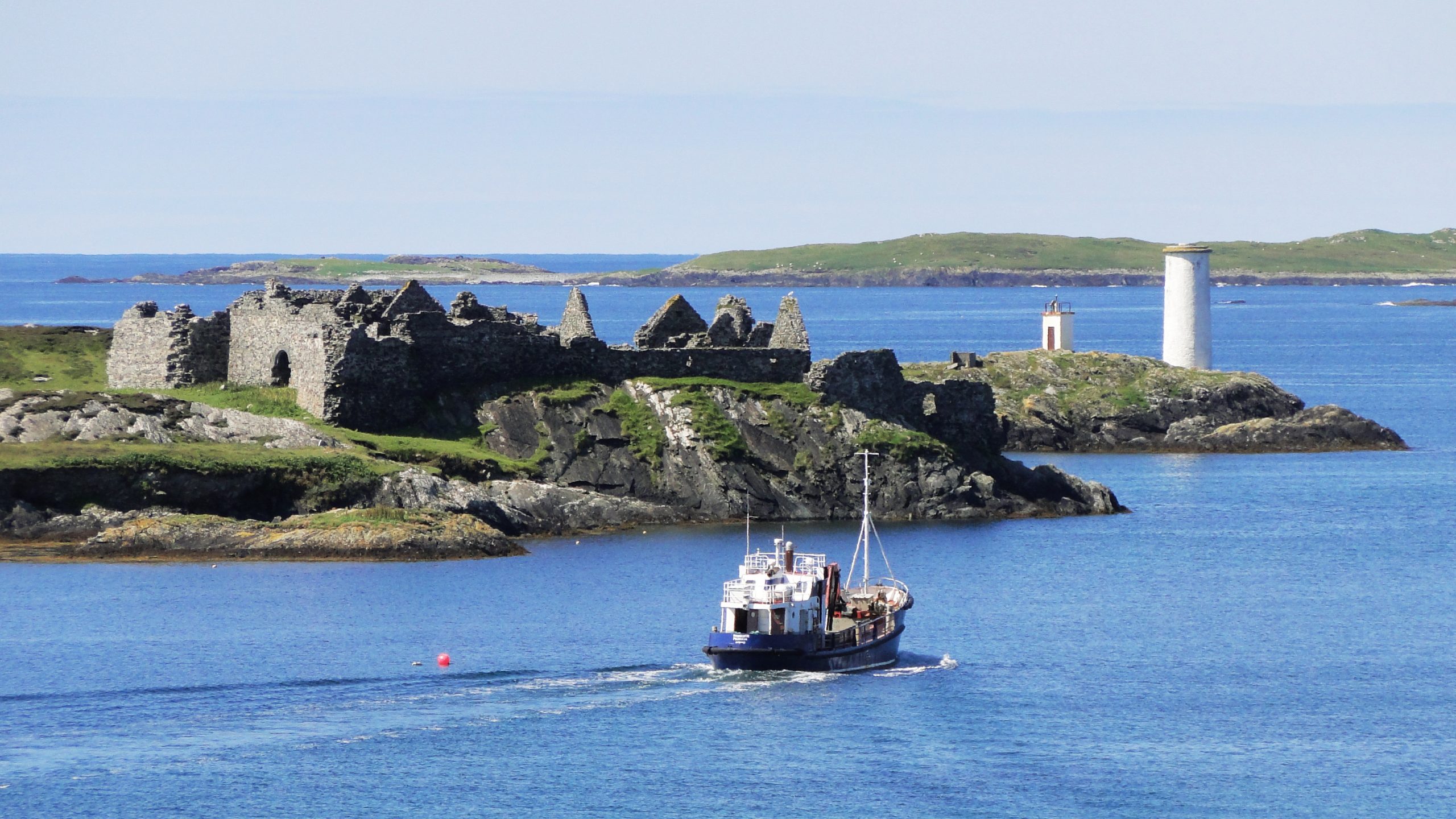The senior dean announced that College is to return human remains to the island of Inishbofin, which were taken without the consent of the community more than a century ago.
In an email sent to staff and students today, Senior Dean Professor Eoin O’Sullivan explained that “the decision to do this was approved today by the College Board following a period of research, analysis and public consultation about the future of the remains overseen by the Trinity Legacies Review Working Group”, of which he is chair.
The email continued to explain that further engagement with the community on Inishbofin will take place in order to “identify the appropriate way of returning the crania”.
The remains are associated with ethnologist Alfred Cort Haddon and Trinity Professor of Anatomy Andrew Francis Dixon who in 1890, took the skulls of 13 people from St. Colman’s monastery in Inishbofin.
As is clearly documented in Haddon’s diary at the time, the partial skeletal remains were removed without the islanders’ consent.
Haddon’s research had an international outlook, collecting crania from the Torres Straits Islands and New Guinea. He also conducted experiments and collected crania from St Finian’s Bay, Co. Kerry and from the Aran Islands.
In 2009, College returned three Māori mummified heads and a skeleton from its collection to the National Museum of New Zealand, in line with a Māori wish to return them to descendants.
The Trinity Legacies Review Working (TLRW) group was established to document historical evidence on “specific legacy issues” in College and seek “evidence-based submissions” from the College community to make decisions for reform.
Last year, The TLRW sought submissions from the public in relation to the human remains from November 25 to December 7.
The TLRW is also reviewing the name of the Berkeley Library, also known as the X Library. According to the TLRW, George Berkeley’s “history as a slave-owner” is “well-documented”. The TLRW closed public submissions on the issue on January 31.






